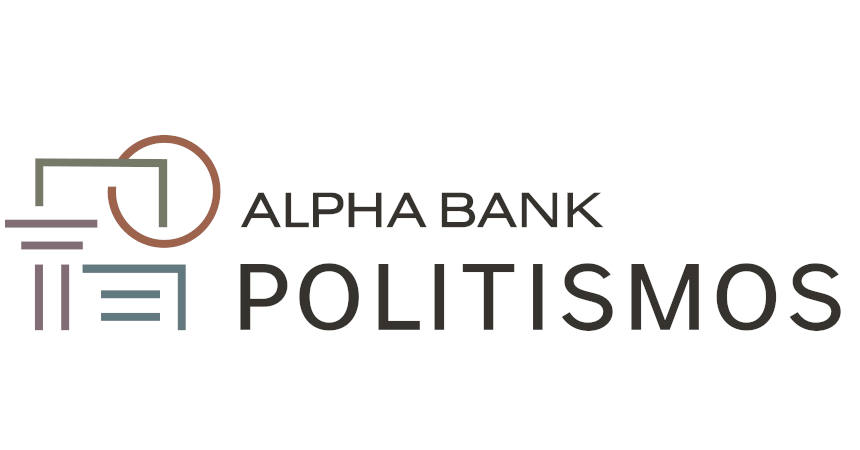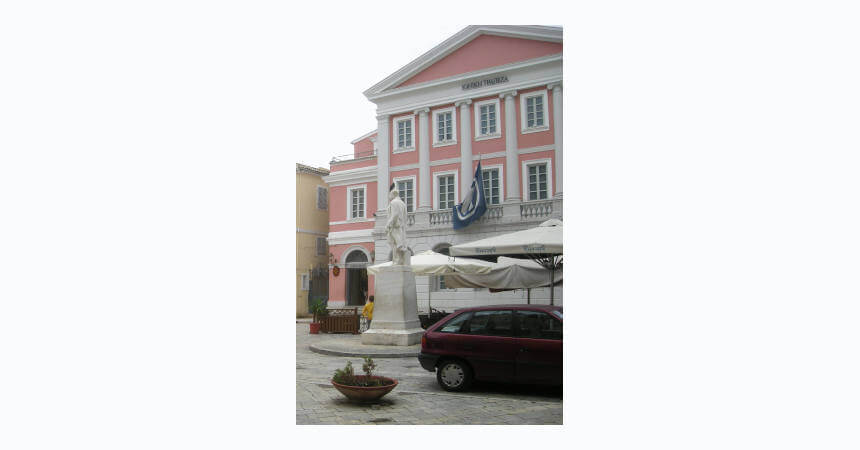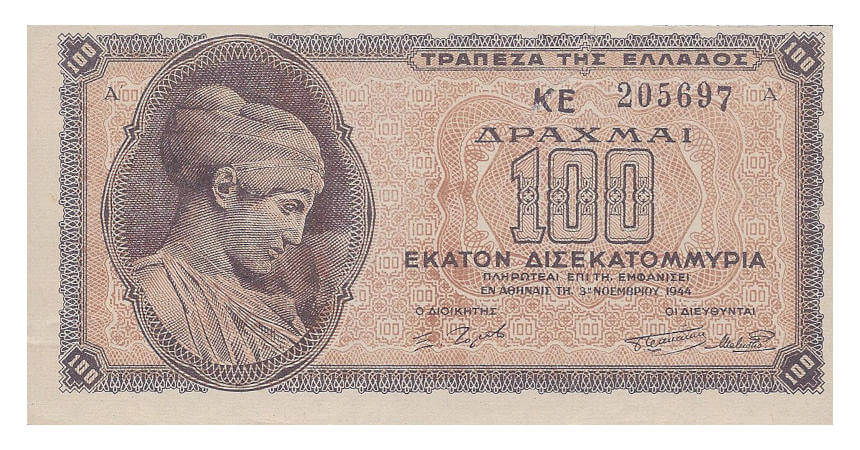Banknote Museum of the Ionian Bank Corfu
Wenn es kein Logo gibt, wird diese Spalte einfach leer gelassen. Das Bild oben bitte löschen.
(Dieser Text wird nicht dargestellt.)
Aghios Spyridon (St. Spyridon) Square
491 00 Corfu
Tel: +30 266 104 1552
The Banknote Museum of the Ionian Bank originally opened in 1981. It is located in what was the first branch building of the Ionian Bank in Corfu before its 2000 merger with Greece’s second largest bank, Alpha Bank. The Museum was subsequently renovated and reopened in 2005. On display is a nearly complete assembly of Greece’s banknotes following the 1821 declaration of independence, starting from 1822 up to Greece’s conversion to the euro in 2002.
Revolutionary Bonds of 1822 to the Euro
The exhibition of approximately 1,500 specimens covers four rooms. The first three rooms begin chronologically with the Revolutionary (treasury) Bonds of 1822 and the first editions of the National Bank in 1862, and ends with the latest series of the Democratic Republic before being replaced by the euro.
The National Bank of Greece was established in 1841 and the ancient drachma again became the Greece’s official monetary unit. The Museum exhibits the first banknotes printed by the British firms Perkins Bacon and Bradbury Wilkins. The collection also includes the notes printed by the American Banknote Company, which succeeded the British firms at the turn of the century until about 1928. After that, the Bank of Greece undertook the printing of the banknotes itself.
Greece’s Largest Banknote Denomination
Banknotes that were issued by the Germans and Italians who occupied Greece during World War II are shown as examples of banknotes issued during 1944, the notorious year of hyperinflation that produced Greece’s largest banknote denomination—100 billion (American, 100 trillion) drachmas.
The Museum has a complete series of the last issue of the banknotes of the member countries of the euro area prior to their replacement by the euro. The manufacturing process of banknotes is included among the exhibits as well as the method of adding a watermark. There is also an area that explains the metal plate engraving process for banknotes.
Banknotes issued by the Provisional Democratic Government of Greece’s Communist Party are also exhibited, which were valued against the equivalent value of kilograms of wheat.
In addition to actual banknote specimens, the exhibition also includes sketches, essays, and printing plates of Greek banknotes.
Exhibition Highlights
The Museum has several highlights on display that can be seen. One is the rare 1860 “Colonata” banknote. Another is a rare banknote showing Istanbul’s (formerly Constantinople) Hagia Sophia without the traditional minarets. Designed in 1920 when functioning as a mosque, the note was released for circulation. Other highlights include the first banknotes issued by first Governor of Greece, Ioannis Kapodistrias, which feature a rose colored phoenix on white background. The fourth room is dedicated to material pertaining to the history of the Ionian Bank prior to its merger with the Alpha Bank.
This text was written by Howard M. Berlin and first published in his book Numismatourist in 2014.
You can order his numismatic guidebook at Amazon.
Howard M. Berlin has his own website.










